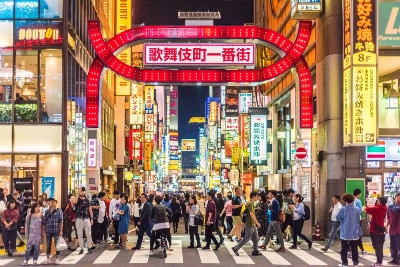When Donald Trump returned to the White House for a second term, many in India expected a continuation of the visible warmth between the U.S. president and Prime Minister Narendra Modi. The symbolism of joint rallies of the two leaders in Houston and Ahmedabad, and the personal bonhomie, suggested that India might be exempt from the protectionist and transactional instincts that marked Trump’s first term. Those expectations have now vanished.
The second Trump administration has not only doubled down on its "America First" economic agenda but also sharpened its demands for total alignment from friends and rivals alike. Japan, the European Union, Canada, South Korea and Brazil have all faced tariffs, threats and diplomatic browbeating. India, despite its democratic credentials and shared anxieties about China, has been treated no differently. The tone is unmistakable. Washington wants total capitulation.
For nearly two decades, successive U.S. administrations treated India as a long-term strategic partner. The logic was clear: India’s size, democratic identity and geostrategic position made it a natural counterweight to China. India benefited from this alignment without surrendering its prized strategic autonomy. Multialignment (engaging the U.S., Russia, Europe and the Global South simultaneously) became the cornerstone of Indian foreign policy.


















With your current subscription plan you can comment on stories. However, before writing your first comment, please create a display name in the Profile section of your subscriber account page.